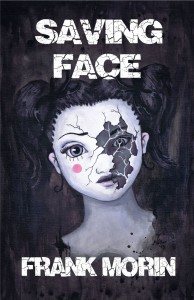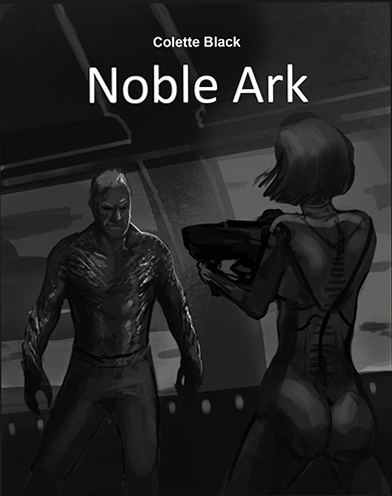A guest post by Jace Sanders.
There’s a bookstore not far from where I work, filled with older pieces of literature, many of them discontinued works of authors past. The words, messages, and stories they present were at some point in time considered brilliant, or at least relevant enough to publish. Its amazing to think of the countless hours spent plotting those words, writing, type setting each page, binding, shipping, and then promoting the books for sale. I love to get lost in the store, thumbing through the old pages, and gazing into a forgotten author’s mind.
With heroes like C.S. Lewis, Mark Twain, and Victor Hugo, I’m grateful that their words made it to print for my enjoyment and education. I imagine that there were many great writers, never published because they didn’t know the right people, or make the right connections, or maybe they merely failed to finish their book.
In most ways, getting our words into a sellable format is a much easier venture these days. But just because a work is published doesn’t mean it is read.
It’s no secret that the world of writing and publishing has changed drastically over the past several years. We’d be fools to think that it won’t continue to change throughout our lives.
We’re not only competing with other writers for a chance to entertain a mind. We’re also competing against television, movies, radio and video games just to name a few.
For many writers, including myself, the goal of becoming a published writer has changed into developing a readership. It is one thing to be published and another thing to be read, discussed, blogged about, shared, and analyzed.
Let us discuss the four Ps of marketing (or the three Ps and the one D) and how they apply to developing a fan base and to writing in this day and age.
Product – Your product is your work and you are the brand. It’s important to write well, tell a good story, develop great characters, and have excellent prose. All of these help enhance the product. Branding is equally important.
Pricing – Pricing used to be a mathematical formula based on the cost of printing and promoting the books. With Kindles, iPads and Kobo Ereaders the cost of printing is nil. In many ebook platforms pricing can be somewhat arbitrary. I have seen many writers find success in promoting their works and helping their brand by offering discounts to a book for a time. This is most effective when compounded with adequate promotion.
Traditional publishing has its costs and still plays into the economics of book pricing. I’ve noticed that the Big Five are slowly becoming versed in the flexibility and cost benefits that come with epublishing.
Promotion – You are the brand. Take care what you put your name on and how you treat others. Pay attention to Genre. You may want to develop multiple brands under pen names.
Social media has made it much easier to find out about people, the good and the bad. In branding, consider setting up a fan page on Facebook, a twitter account, a YouTube channel, a blog, and a personal website. All of these are tools that can help generate brand awareness that in turn will help you better promote your products.
I have seen many, very effective Book Bombs used to increase product and brand awareness. This usually involves a discounted price for a limited time, followed by massive promotion of said discount using Facebook, Twitter, blogs and websites. Share the news with your friends and get your friends to share the news with their friends. Usually this helps to generate positive reviews and a fan base. Of course it helps if you have more than one product for them to look at.
I have participated in four successful Kickstarter campaigns for writers publishing their books. Collette already wrote a great article with everything you need to know about Kickstarter, so I’ll refer you to that, but I believe that this and similar platforms will have a significant place in the future of writing.
Placement/Distribution – The publishing industry has changed, and will continue to do so. To be effective in marketing our products we need to stay on the forefront of writing platforms. Take an indesign or another epub class online. Become familiar with tools like Scrivener, Audible.com, Kobo Writing Life and many others that help us develop our product and prep it for alternative forms of distribution.
You can start to build your brand today, even before you have a product to promote. Join groups, network, write on blogs, and find a tribe and/or build your own. Before you know it, you’ll have a following.
I set up a fan page on Facebook. Check it out and like it at https://www.facebook.com/pages/Jace-Killan/359810990808236
Thanks for reading.

Jace lives in Arizona with his wife and five children. In addition to writing he enjoys music, photography, and anything outdoors. He holds a Masters in Business Administration from Utah State University and is the Chief Financial Officer of a biotech company.



